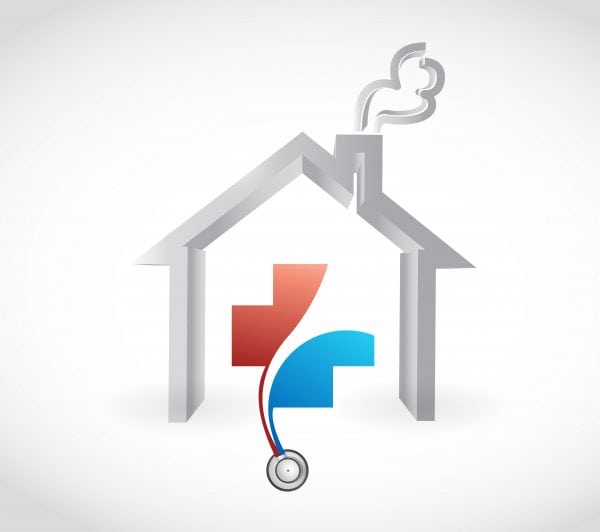
Key Takeaways
- Patients want lower cost and convenience in primary care.
- No single technology solves all problems and many solutions use a variety of technologies to provide value to users.
- Many options threaten traditional primary care, especially if organizations can’t integrate them quickly for patient use.
- On March 27th we will host a Healthcare Meetup, centered around a panel discussion on this topic. (UPDATE: Now you can watch a recording of that evening’s discussion).
Retail Health and Urgent Care
Increasing numbers of patients seek care at the roughly 8,700 urgent care and retail care centers across the United States. Patients value the shorter wait times and convenient hours. These sites also boast convenient locations at established health care service locations and at retail locations like Walgreens, CVS, Target, or Walmart. Clinics offer same-day reliable appointment slots online or via an app.
Chatbots or AI-driven symptom checkers enable pre-appointment triage or service locations recommendations. The broad set of non-emergent services on offer include diagnostic screenings, injections, and prescriptions. Customers can get physicals for immigration, school, or employment purposes. Urgent and retail care centers do not offer long-term primary care.
Chilmark has written extensively on recent retail health news, including partnerships between CVS and Aetna, Walgreens and Microsoft, and Walgreens and Humana aimed specifically at providing care to Medicare Advantage members.
Telehealth
Telehealth appointments, real-time interactions between patient and provider, resemble traditional primary care encounters. Of all the new options for accessing care, they best leverage one of the greatest strengths of the primary care system: the relationship between patient and provider. Telehealth encounters can be enhanced with materials provided by the patient or remote patient monitoring (RPM) data.
CMS proposed new telehealth and remote monitoring rules late in 2018. Medicare telehealth reimbursement had been limited to rural services and specific use-cases, but CMS proposed removing geographic restrictions on both patients and providers by 2020. In 2019, providers can bill for remote image evaluation and ‘check-in appointments,’ time-limited triage or evaluation contacts.
Virtual and Remote Care Platforms
Asynchronous communication between patients and providers, virtual care and remote care platforms offer patient monitoring for chronic conditions and preventative health maintenance. They utilize a combination of vitals monitoring through wearable or home health technology, and a patient behavior regimen, either self-reported or through the completion of patient tasks. Most platforms include secure messaging or chat for patient/provider contact.
These are supplementary to a provider rather than a replacement for primary care, offering opportunities to replace the tasks and appointments that only aggregate patient data or check in on well-being. Time-savings, reduced travel, and more convenience for both patients and providers result in better adherence to regimens and better outcomes. Specialized platforms can address chronic conditions, including mental and behavioral health conditions, which are outside the expertise of a primary care provider, but which have substantial co-morbidities and increased utilization when unaddressed. Others are targeted at patients in specific risk tiers, using the remote platform to direct activities and monitor conditions that can result in increased utilization or readmissions.
With more patient care occurring in outpatient settings, retaining visibility on patients either post-discharge or between visits is a struggle for health systems. Patients with chronic or pre-chronic conditions are difficult to monitor without significant resources. Regimen adherence is essential to patient well-being but subject to enormous pressures. These platforms offer valuable tools to retain visibility on these patients, support their care plans, and more frequent opportunities to revise care plans as needed.
AI Assistants, Chatbots, & Symptom Checkers
The value of AI assistant, chatbots and symptom checkers is ease of use and convenience for the patient, and less work for providers and office staff. Symptom checkers are a growing component for urgent care and retail centers. AI patient engagement tools are emerging in the scheduling and communication fields. Remote care platforms are offering integration with virtual assistant tools for several home care uses.
Unlike ‘Web MD’ self-triage, symptom checkers offer vetted, automated recommendations to patients. They promise better usability that can drive higher engagement levels for patients and more efficient utilization of capacity for providers. The smoother experience of an AI chat leads to more willingness to engage with a platform or system, especially when they can be integrated into something already in place in a home.
Conclusion
The primary care system can better serve patient needs, but it will have to evolve. Integrating new technologies into primary care and its alternatives will require providers and payers to rethink their ideas about primary care in light of patient/member expectations.




0 Comments